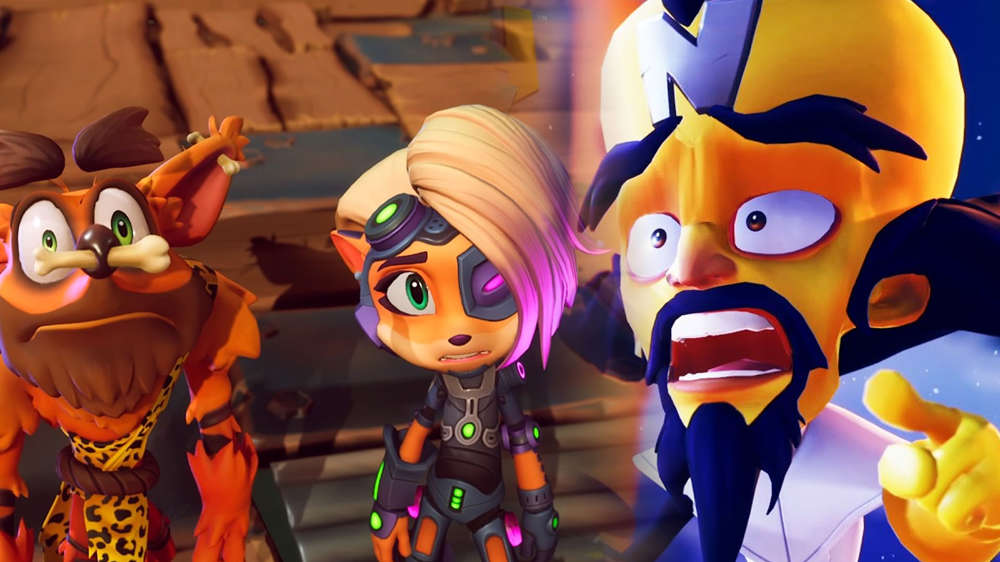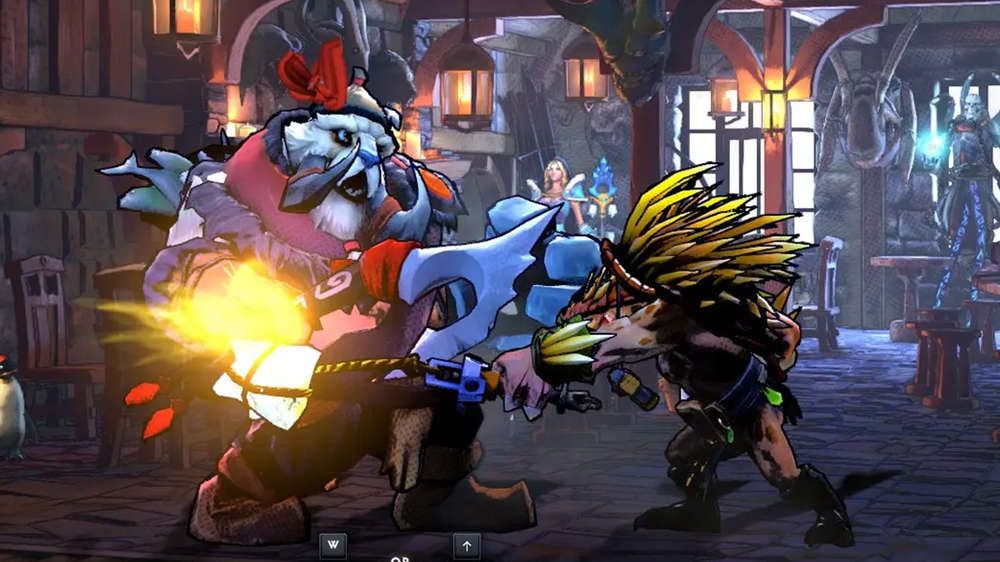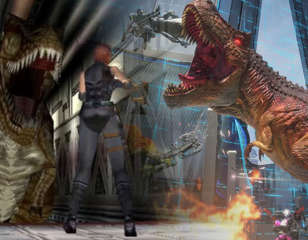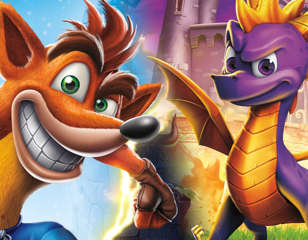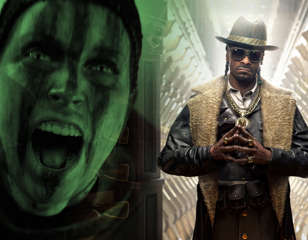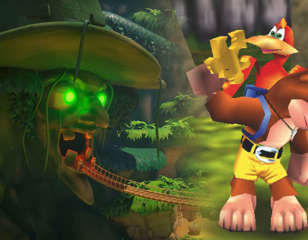Romancing SaGa 2: Revenge of the Seven preview - Modernising a classic
Check out our preview of Romancing SaGa 2: Revenge of the Seven.

Harry Boulton
19th Sep 2024 09:02
Images via Square Enix
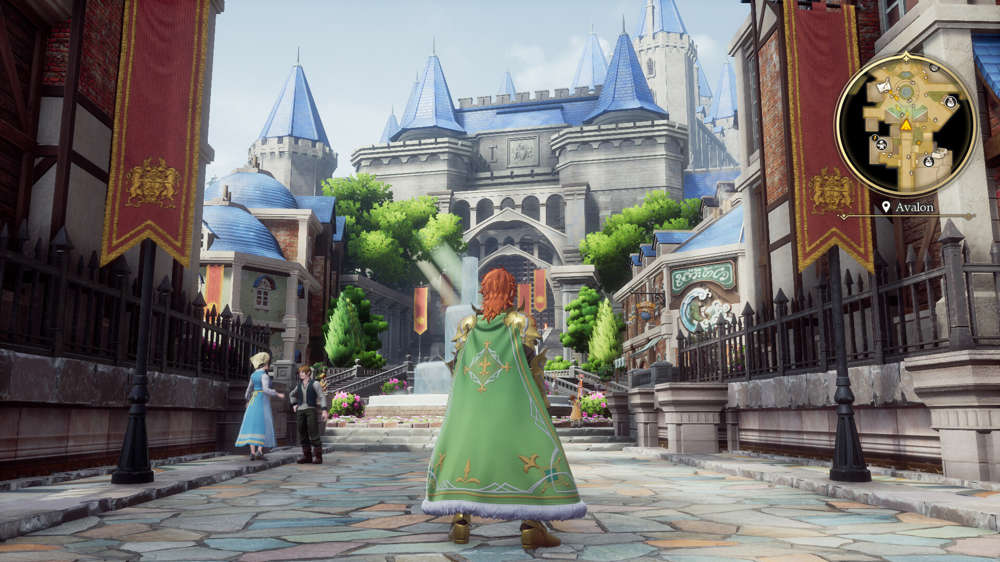
While in retrospect it isn't too surprising, I was initially shocked when Revenge of the Seven - a remake of Romancing SaGa 2 - was announced over 30 years after its release.
Recent years have seen new entries into the series (Scarlet Grace, Emerald Beyond), alongside remasters and ports of almost every game post Romancing SaGa.Yet it still feels like the series is largely overlooked as a classic - even within the JRPG-enthusiast space - but hopefully, the release and subsequent 'modernisation' of Romancing SaGa 2 in this remake will change that.
I got to play a short two-hour preview of the game, covering the opening 'act' that sets up the narrative and introduces many of the systems. While there is still plenty to explore beyond this limited session, what I've experienced has definitely got me intrigued.
Faithful retelling
Revenge of the Seven, at least from what I played in the preview, is a faithful retelling of the story laid out by Romancing SaGa 2 in its original release. We hear about the Seven Heroes who saved the world from monsters years ago, but they now return corrupted and a threat to the land.
It's nothing too out of the ordinary when it comes to fantasy RPGs, but the hint of dynastic inheritance in this preview will certainly play a much bigger role if things follow the same path.

It'll definitely be interesting to see how much the game continues the original's non-linear approach, as that will certainly open up more intriguing personal stories for each player. Within the short time I had with the game though it remains difficult to tell.
New approach to challenge
The pervasive image of the SaGa series is largely that of punishing games that are incredibly challenging to penetrate or get your head around. Complex systems, non-linear narratives, and brutal combat create an experience that isn't too welcoming for new players.
Things immediately felt different within Revenge of the Seven though, as it immediately felt like a more accessible experience.
While there are difficulty options in recent SaGa games, they feel more straightforward here, and during my two-hour play session, I only had a character in my party die twice while being on the 'Normal' setting.

That doesn't mean that the friction and sense of consequence isn't still there though, as retained is the notion of Life Points (LP). Each character, including your own, has a set number of LP that drops every time they fall in battle. Once this reaches zero, the character is dead permanently, so you'll have to manage this well if you want to keep your favoured companions with you.
While I only saw a glimpse of it within the preview, a big part of this too is the inheritance magic used to transfer the powers of one character to another upon their death. This lets you create your own lineage and gives real scale to the dynastic nature of your rule.
Classic and modern combined
One of the biggest departures from the original game is the combat system, which takes a lot of inspiration from newer entries like Scarlet Grace and Emerald Beyond while forging an identity of its own.
Battles are fought on the nature of weaknesses, where you'll need to figure out which of your wide set of weaponry is strong against each individual enemy.

While these weaknesses do deal more damage to affected foes, the nature of this endeavour is to build up your Overdrive meter, which will eventually allow you to pull off a powerful United Attack move when full.
Alongside this, you'll also want to watch out for 'Glimmers' which is how you learn new moves. These Glimmers are activated when using the same weapon, and there's a handy lightbulb indicator that shows you how close each character is to their next Glimmer.

As a hallmark of the series, you don't level up your characters in a traditional manner, and instead, each party member only grows when you use their specific skill types, with Technique Points rewarded after completing each fight. For example, if your character wields both a sword and a bow but you only use the bow during the fight, your sword skills won't gain any experience.
This is a great way of encouraging flexibility and variety and prevents you from just using the same one or two moves over and over again. I also will never not love the fact that you're healed back to full after every single fight, meaning that you're encouraged to go as hard as possible every time, making even standard fights more interesting.
Final Thoughts
As someone who has always been rather intimidated by the series, Romancing SaGa 2: Revenge of the Seven definitely feels like a more approachable entry point that still maintains the identity and remains largely faithful to its roots.
I'm definitely seeing modernisation in the right areas, with the overhaul of the combat system being a particular highlight. It brings elements from the later entries while maintaining what made the Romancing SaGa games unique. I'm definitely excited to see how it plays out across the entire experience - especially when it comes to the inheritance system.
Previewed on PC. Previous access provided by the publisher.

About The Author
Harry Boulton
Harry is a Guides Writer at GGRecon, having completed a Masters of Research degree in Film Studies. Previously a freelance writer for PCGamesN, The Loadout, and Red Bull Gaming, he loves playing a wide variety of games from the Souls series to JRPGs, Counter-Strike, and EA FC. When not playing or writing about games and hardware, you're likely to find him watching football or listening to Madonna and Kate Bush.
